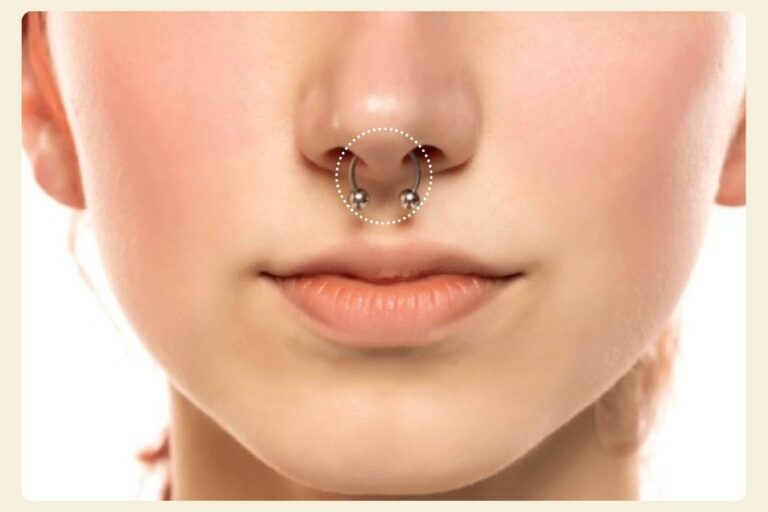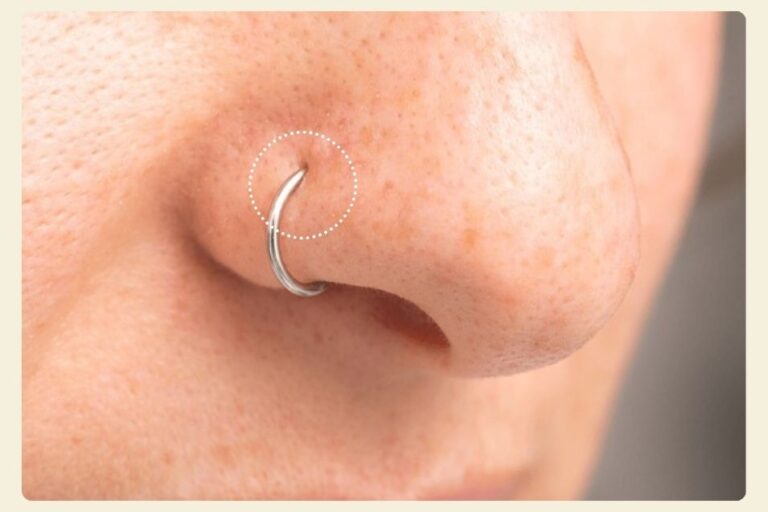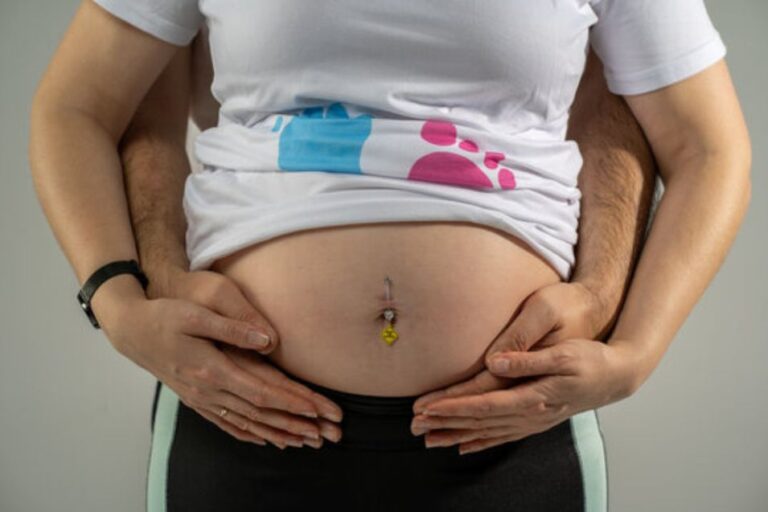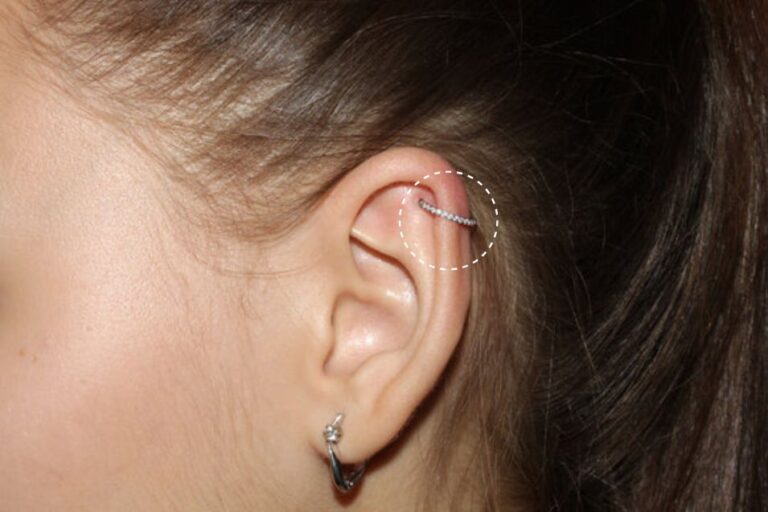The Ultimate Guide to Labret Piercing: Pain, Cost, Size, and Healing Time
A labret piercing is a stylish and popular choice for those looking to enhance their look with a unique lip piercing. It comes in different styles and can be customized to suit personal preferences. Before getting one, it’s important to understand key aspects such as pain level, cost, jewelry size, and healing time. This guide provides clear and essential information to help you make an informed decision and take proper care of your piercing.
What is a Labret Piercing?
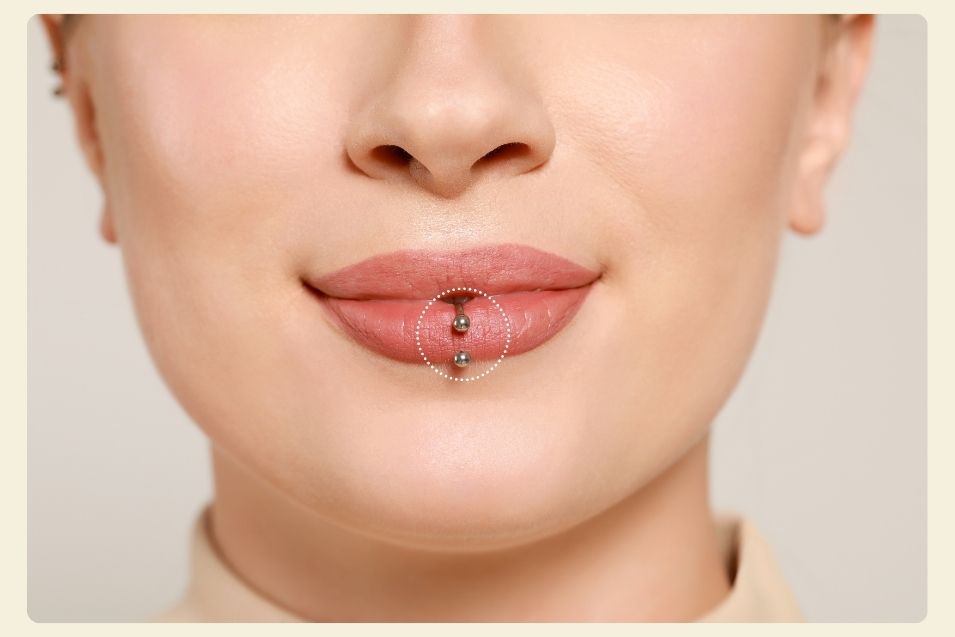
A labret piercing is a type of lip piercing that is placed below the lower lip and above the chin. It is a single piercing that goes through the skin in this area, creating a stylish and unique look. The name “labret” comes from the Latin word labrum, which means “lip.” This piercing can be done in different styles, such as a vertical labret, which passes through the lip instead of just below it. People often choose labret piercings for their edgy and fashionable appearance.
The jewelry used for a labret piercing is usually a small stud. Labret studs typically have a flat back, which rests inside the mouth, and a decorative front that is visible on the outside. The piercing is usually done with a needle by a professional piercer, and it takes a few weeks to heal completely. Many people prefer this piercing because it can be customized with different jewelry styles.
Does Labret Piercing Hurt?

A labret piercing does cause some pain, but it is generally considered moderate on the pain scale. Most people rate the pain around 4 to 5 out of 10, depending on their tolerance. Since the piercing goes through the skin just below the lower lip, which is not as thick as cartilage, it is usually less painful than ear or nose piercings. The procedure is quick, lasting only a few seconds, so the pain is short-lived.
The level of discomfort varies from person to person. Some may feel only a sharp pinch, while others experience more pressure or stinging. The skill of the piercer also plays a role in how much pain is felt. A professional can perform the procedure smoothly, minimizing discomfort. After the piercing, there may be some soreness, swelling, or tenderness for a few days, which is a normal part of healing.
How Long Does a Labret Piercing Take to Heal?

A labret piercing typically takes 6 to 12 weeks to heal fully, but healing time can vary depending on individual factors and aftercare. Some people may heal faster, while others might take longer if they experience irritation or infection. The first few weeks are crucial, as the piercing is most vulnerable to swelling, soreness, and potential complications.
Proper aftercare can speed up the healing process. Cleaning the piercing with a saline solution, avoiding unnecessary touching, and being careful with eating and drinking can help prevent irritation. Swelling usually subsides within the first week, but the tissue inside the piercing takes more time to heal completely. Even after the initial healing period, it is important to continue gentle care to avoid setbacks.
How much is a Labret Piercing?

The cost of a labret piercing typically ranges from $30 to $80, depending on the piercing studio, location, and the quality of jewelry used. In larger cities or high-end studios, the price can be on the higher side, while smaller or less well-known studios may charge less. Some piercing shops include the cost of basic jewelry in the overall price, but others may charge separately for premium jewelry options like titanium or gold.
Several factors can influence the price of a labret piercing. The experience of the piercer plays a big role, as highly skilled and reputable professionals often charge more due to their expertise and use of high-quality sterilized equipment. Jewelry choice also affects the cost, as materials like surgical steel, titanium, and gold are more expensive than basic stainless steel. Some studios offer aftercare products, such as saline solutions or healing balms, which may be an extra cost. It’s always a good idea to check the pricing details with the studio before getting the piercing to avoid any surprises.
How to Pierce a Labret?
Piercing a labret should always be done by a professional piercer to ensure safety and proper healing. However, understanding the process can help you know what to expect. Here are the general steps involved in a labret piercing:
Step-by-Step Process:
- Preparation: The piercer cleans the lower lip and surrounding area with an antiseptic solution to remove bacteria and reduce infection risk.
- Marking the Spot: A sterilized marker is used to mark the exact placement of the piercing, ensuring it is centered and aligned properly.
- Clamping the Lip: A surgical clamp may be used to hold the lower lip in place, making the piercing process easier and more precise.
- Piercing the Skin: A hollow, sterilized piercing needle (usually 16-gauge or 14-gauge) is pushed through the marked spot from the outside to the inside of the lip.
- Inserting Jewelry: The piercer quickly inserts the chosen labret jewelry, usually a stud or barbell, through the new hole.
- Cleaning and Aftercare Instructions: The area is cleaned again, and the piercer provides aftercare instructions to help prevent infection and promote healing.
It is important to avoid DIY piercing, as improper techniques can lead to infections, misalignment, or complications. Always visit a reputable piercing studio for a safe and professional experience.
What Gauge is a Labret Piercing?

A labret piercing is typically done with a 16-gauge (1.2mm) or 14-gauge (1.6mm) needle, depending on the piercer’s preference and the client’s anatomy. The most common size is 16-gauge, as it provides a balance between comfort and durability. Some people may choose a 14-gauge for a slightly thicker jewelry option, especially if they prefer a more noticeable look.
Jewelry for labret piercings should match the gauge used during the initial piercing to ensure a proper fit and healing. If someone wants to switch to a thinner or thicker gauge later, they may need to stretch the piercing gradually or downsize with the help of a professional. It’s always best to consult a piercer before changing jewelry sizes to avoid irritation or damage to the piercing.
Labret Piercing Size Chart
| Gauge Size | Jewelry Length | Common Jewelry Type | Material Options | Best for Initial Piercing | Healing Considerations |
| 18G (1.0mm) | 6mm – 12mm | Labret Stud | Titanium, Surgical Steel, Gold | No | Not common for initial piercings |
| 16G (1.2mm) | 8mm – 12mm | Labret Stud | Titanium, Surgical Steel, Gold | Yes | Heals faster with proper aftercare |
| 14G (1.6mm) | 8mm – 14mm | Labret Stud | Titanium, Surgical Steel, Gold | Yes | May take slightly longer due to thicker gauge |
| 12G (2.0mm) | 10mm – 14mm | Labret Stud | Titanium, Surgical Steel, Gold | Rarely | Takes longer and may require stretching |
| 10G (2.4mm) | 12mm – 16mm | Labret Stud | Titanium, Surgical Steel, Gold | No | Less common, takes longer to heal |
How to Remove a Labret Piercing?

Removing a labret piercing should be done carefully to avoid irritation or injury. The most common type of labret jewelry is a labret stud, which has a flat back inside the mouth and a removable front piece. Follow these steps to remove it safely:
Steps to Remove a Labret Piercing:
- Wash your hands thoroughly with soap and water to prevent infection.
- Rinse your mouth with saline solution or an antiseptic mouthwash to keep the area clean.
- Hold the flat back inside your mouth using two fingers to keep it steady.
- Twist the front piece counterclockwise (lefty-loosey) to unscrew it.
- Gently slide out the jewelry once the front piece is completely removed.
- Clean the area with saline solution to prevent irritation.
- If the jewelry is stuck, apply a warm saline soak and try again after a few minutes.
If you are unable to take off the piercing or it feels painful, do not force it. Visit a professional piercer for assistance to avoid damaging the skin. If you plan to leave the piercing out permanently, be aware that the hole may close quickly.
How to Clean a Labret Piercing?
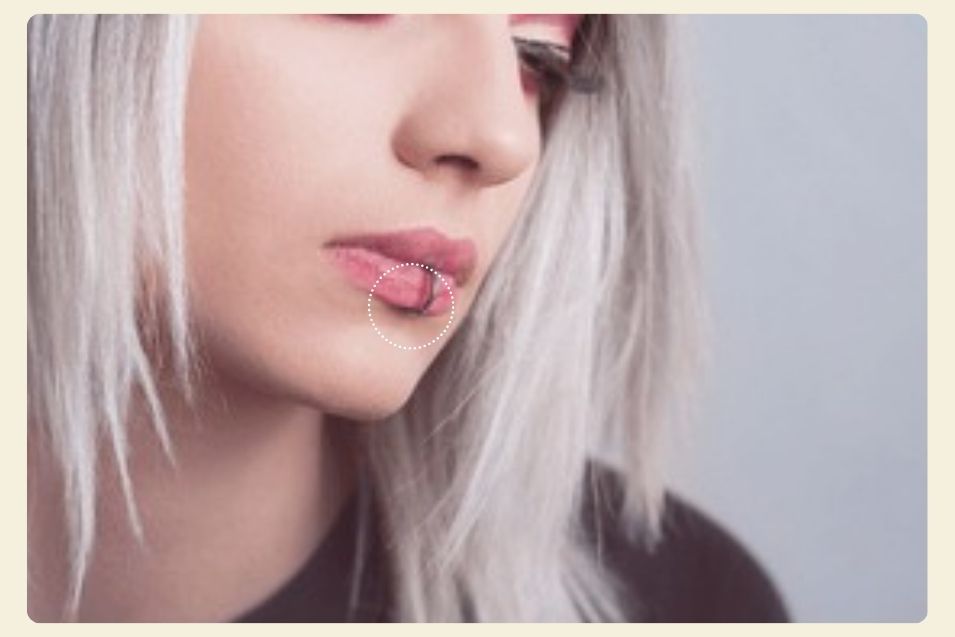
Cleaning a labret piercing properly is essential for preventing infection and ensuring smooth healing. The best way to clean it is by using a saline solution or a sea salt soak. To do this, mix 1/4 teaspoon of non-iodized sea salt with 8 ounces of warm distilled water and use a cotton pad or a clean gauze to gently clean around the piercing. Pre-made saline sprays are also a convenient option and can be used twice a day.
It’s important to avoid touching the piercing with dirty hands, as this can introduce bacteria. Do not twist or move the jewelry unnecessarily, as it can cause irritation. After eating or drinking, rinse your mouth with an alcohol-free mouthwash or warm saline water to keep the inside of the piercing clean. Avoid harsh soaps, hydrogen peroxide, or alcohol-based products, as they can dry out and irritate the skin. Keeping up with proper aftercare will help the piercing heal faster and reduce the risk of complications.
Frequently Asked Questions About Labret Piercing
The cost of a vertical labret piercing varies depending on the studio, piercer experience, and location. On average, it ranges between $40 to $100, excluding jewelry. High-quality jewelry or additional aftercare products may increase the total cost.
A vertical labret piercing is typically done with a 16-gauge (1.2mm) or 14-gauge (1.6mm) needle. The choice depends on individual anatomy and the piercer’s recommendation. Thicker jewelry can be used if desired, but the standard sizes help ensure a comfortable healing process.
Hiding a vertical labret piercing can be challenging since both ends of the jewelry are visible. Using a clear or flesh-colored retainer may help reduce visibility. Makeup or strategic placement of facial hair can also make it less noticeable.
You should wait until your vertical labret piercing is fully healed before changing the jewelry, which typically takes around 6 to 8 weeks. Changing it too soon can cause irritation, infection, or prolonged healing. Always use sanitized jewelry and wash your hands before switching pieces.
The standard size for a vertical labret piercing is a 16-gauge or 14-gauge barbell with a length of 8mm to 12mm, depending on lip thickness. The initial jewelry is usually slightly longer to accommodate swelling. After healing, a shorter bar can be used for a snug fit.
A traditional labret piercing can cause tooth and gum damage due to constant contact with oral jewelry, but a vertical labret piercing is different. Since it does not go inside the mouth, it reduces the risk of dental issues. However, improper jewelry size or placement can still cause irritation.


